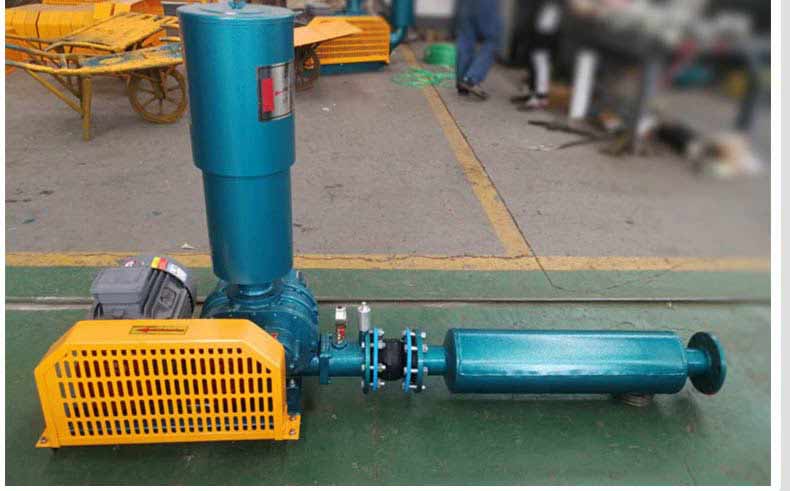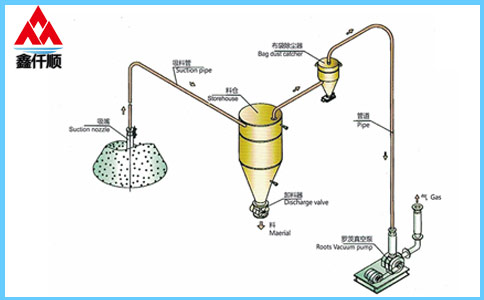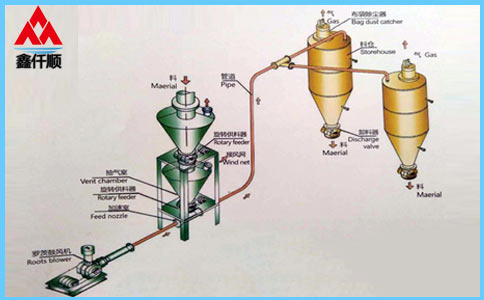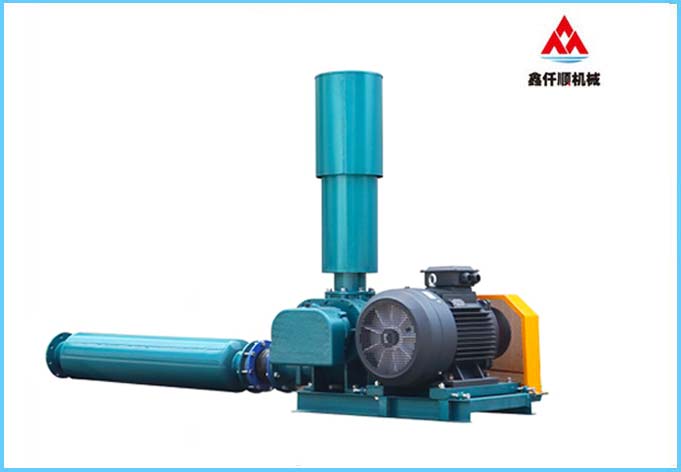What links should be paid attention to in the maintenance of Roots blower? Need to understand the working principle of Roots blower!
Source: Roots blower manufacturer
Published on: February 28, 2022
Hits:

Related information
-
How to repair the surface defects of Roots blower impeller? -
How to remove the bearing of Roots blower? -
What principles should be followed in the maintenance of three leaf roots blower? -
How to handle the wrong lubricating oil for Roots blower? -
Performance characteristics and maintenance of Roots blower for aquaculture -
How to select appropriate Roots blower aerator for aeration in aquaculture? -
What principles should be followed in the maintenance of three leaf roots blower? -
Notes on installation of safety valve of three blade roots blower -
Introduction to the Main Causes of Abrasion of Three blade Roots Blower Impeller -
What causes Roots blower tripping?
Xinqianshun's latest products
Random articles
-
The manufacturer of three blade roots blower explains its application in various industries: -
Three blade or two blade roots blower? -
Basic composition structure and working principle of Roots blower -
How to reduce the aeration rate of roots blower, and how to adjust the aeration rate of roots blower? -
The setting method of pressure relief valve of Roots blower is no longer tangled with air leakage! -
What is the working principle of Roots blower? -
Importance of inlet and outlet speed in selection of roots blower: -
Operating conditions of roots blower: why does roots blower produce hot air? -
Pay attention to the exhaust pressure when using Roots blower! -
Details of improving the service life of Roots blower:
Latest news articles
-
How to repair the surface defects of Roots blower impeller? -
How to remove the bearing of Roots blower? -
What principles should be followed in the maintenance of three leaf roots blower? -
How to handle the wrong lubricating oil for Roots blower? -
Performance characteristics and maintenance of Roots blower for aquaculture -
How to select appropriate Roots blower aerator for aeration in aquaculture? -
What principles should be followed in the maintenance of three leaf roots blower? -
Notes on installation of safety valve of three blade roots blower -
What are the causes of tripping of Roots blower frequency converter? -
Introduction to the Main Causes of Abrasion of Three blade Roots Blower Impeller









